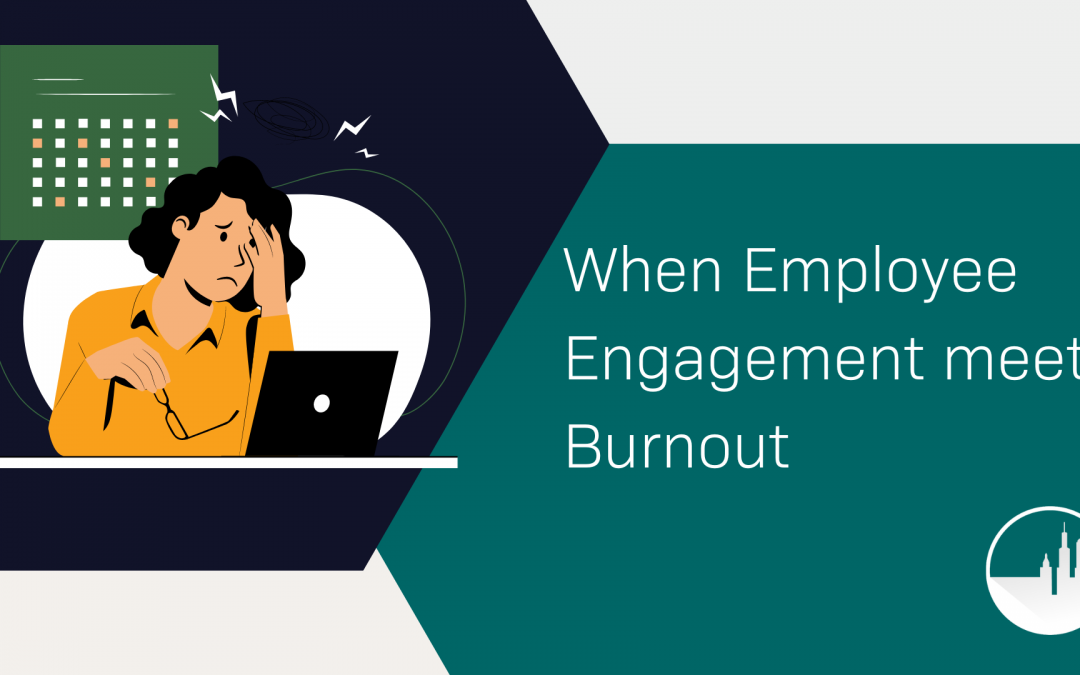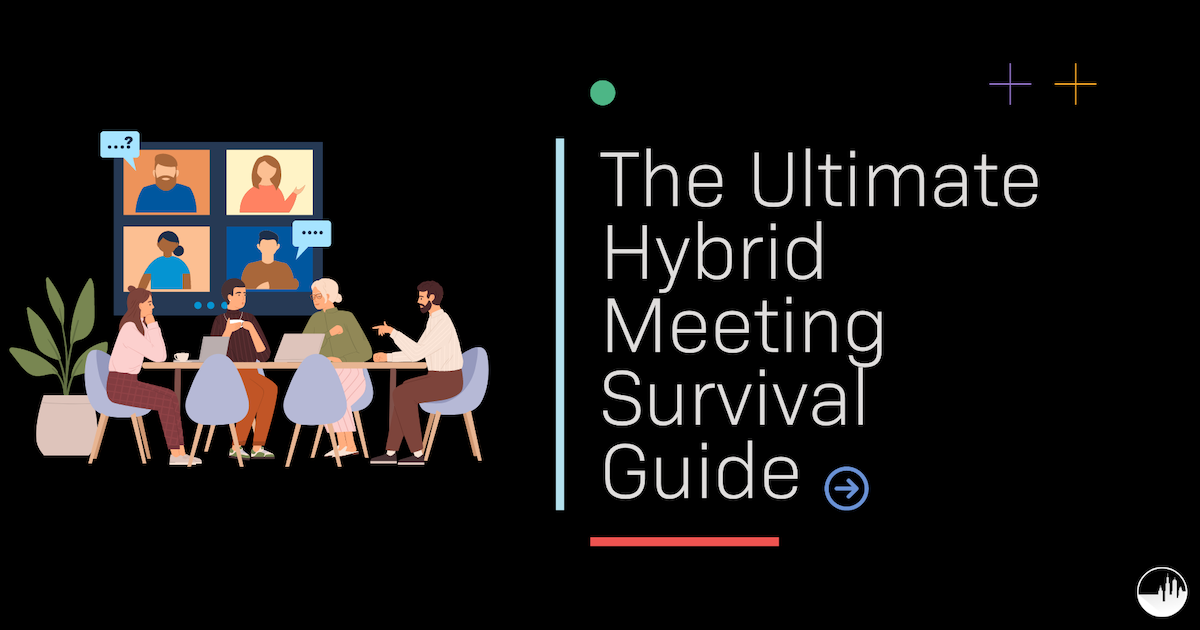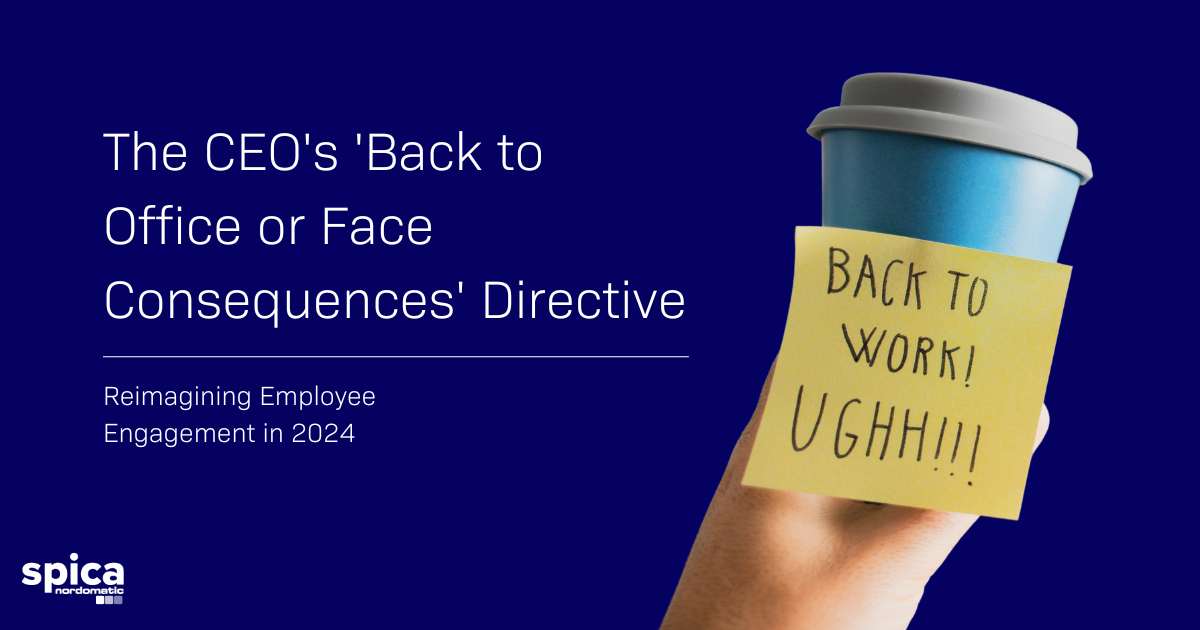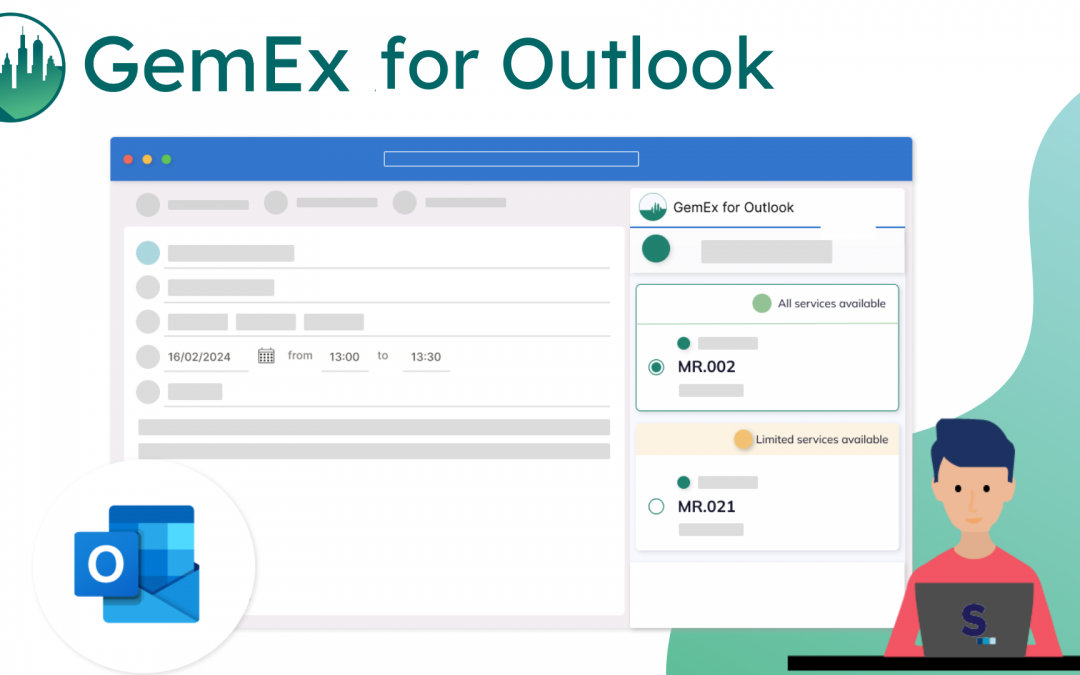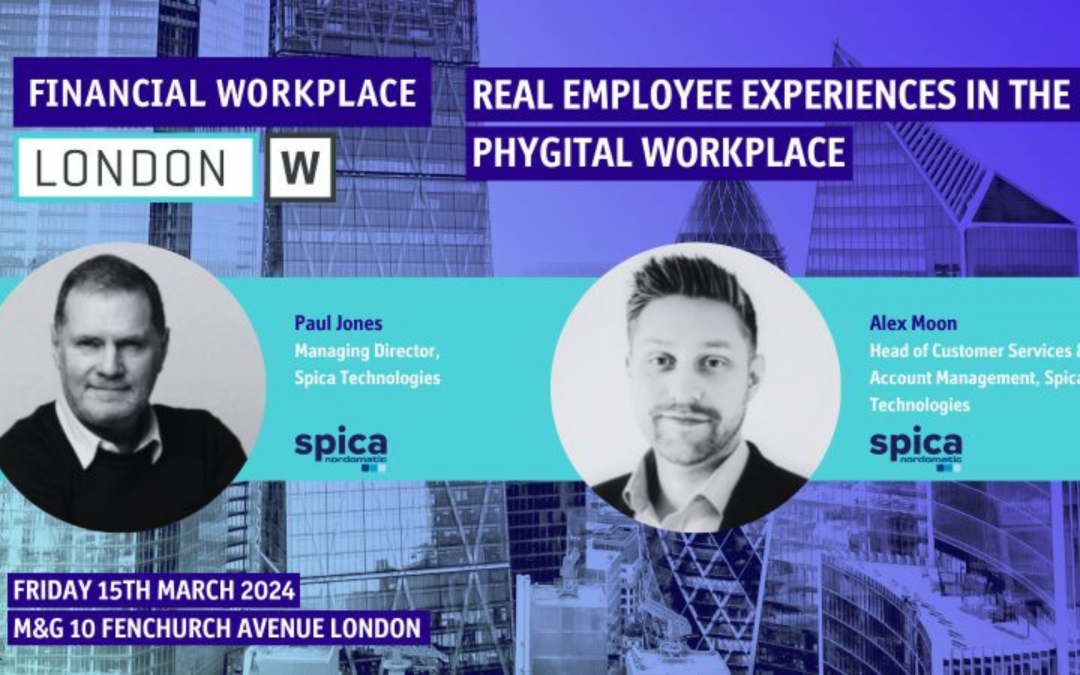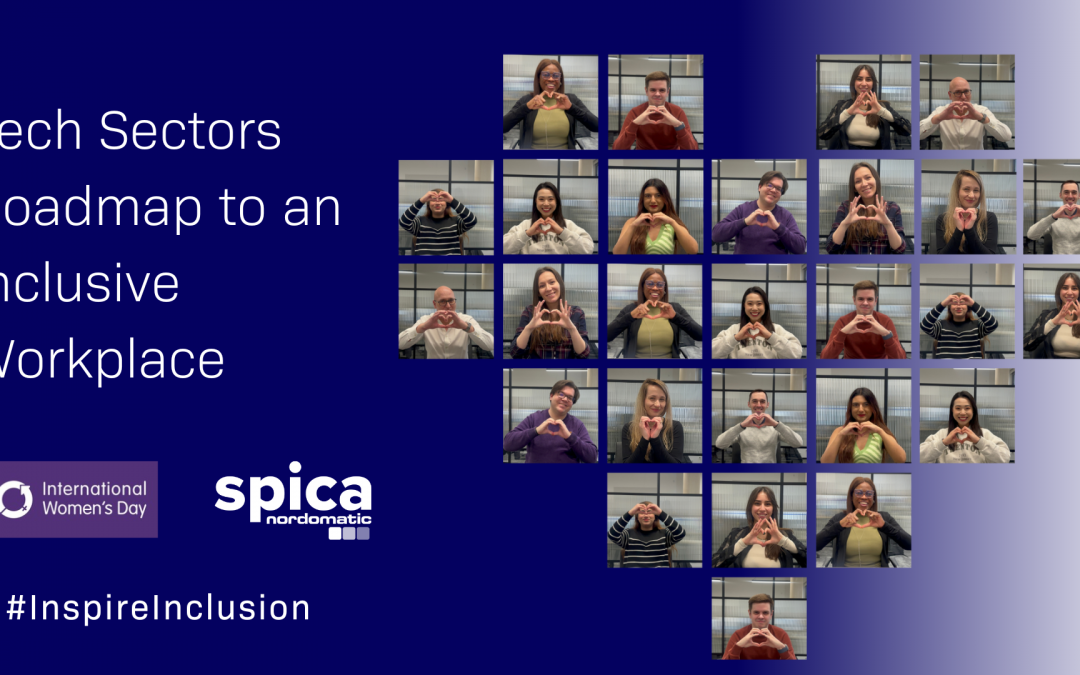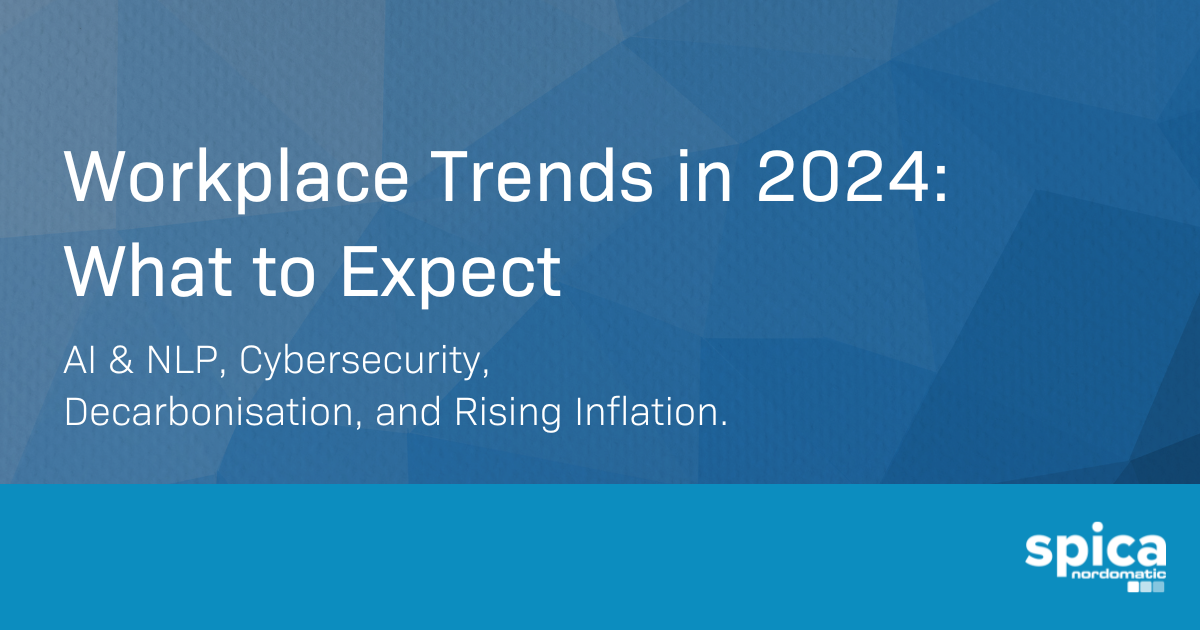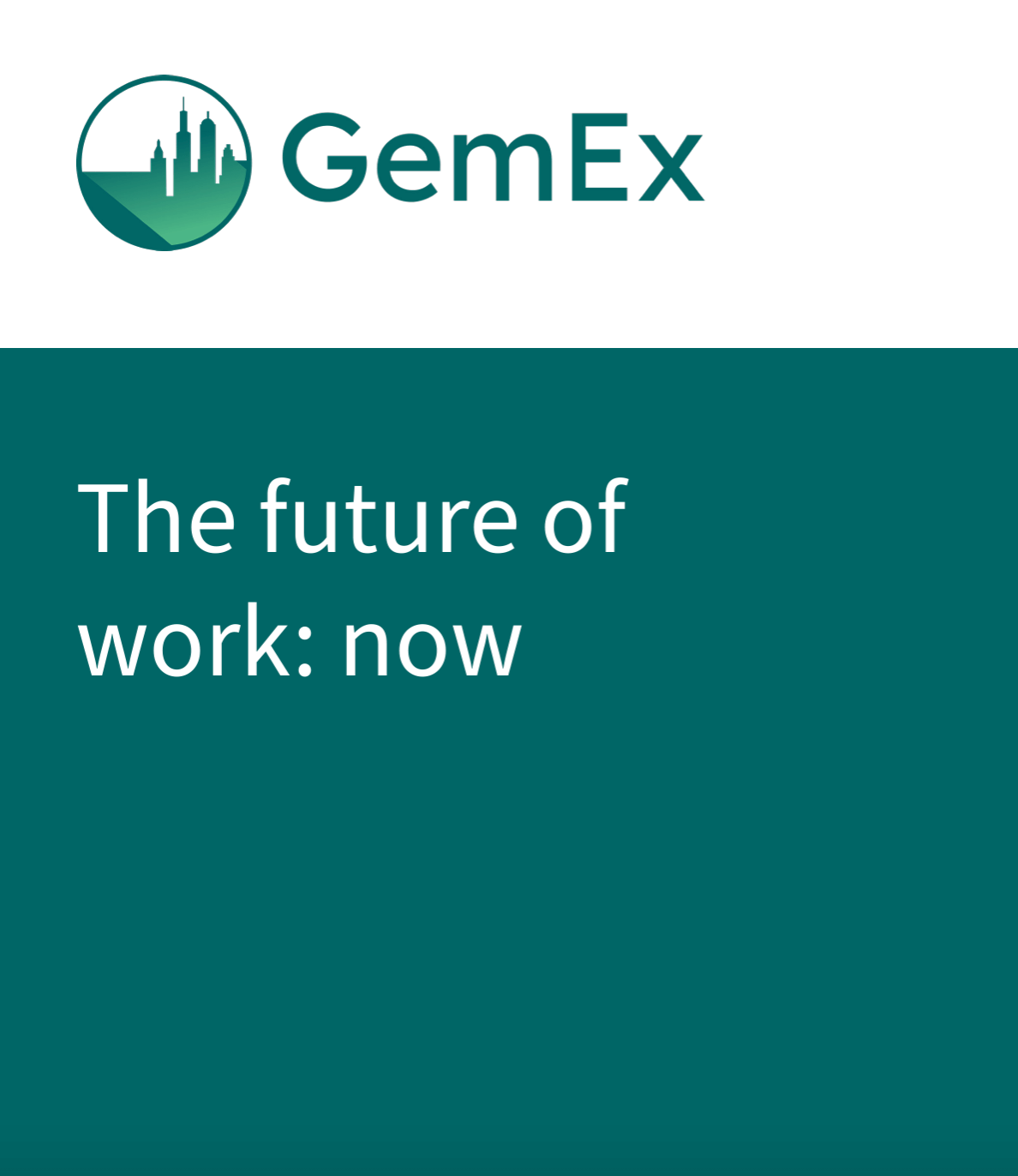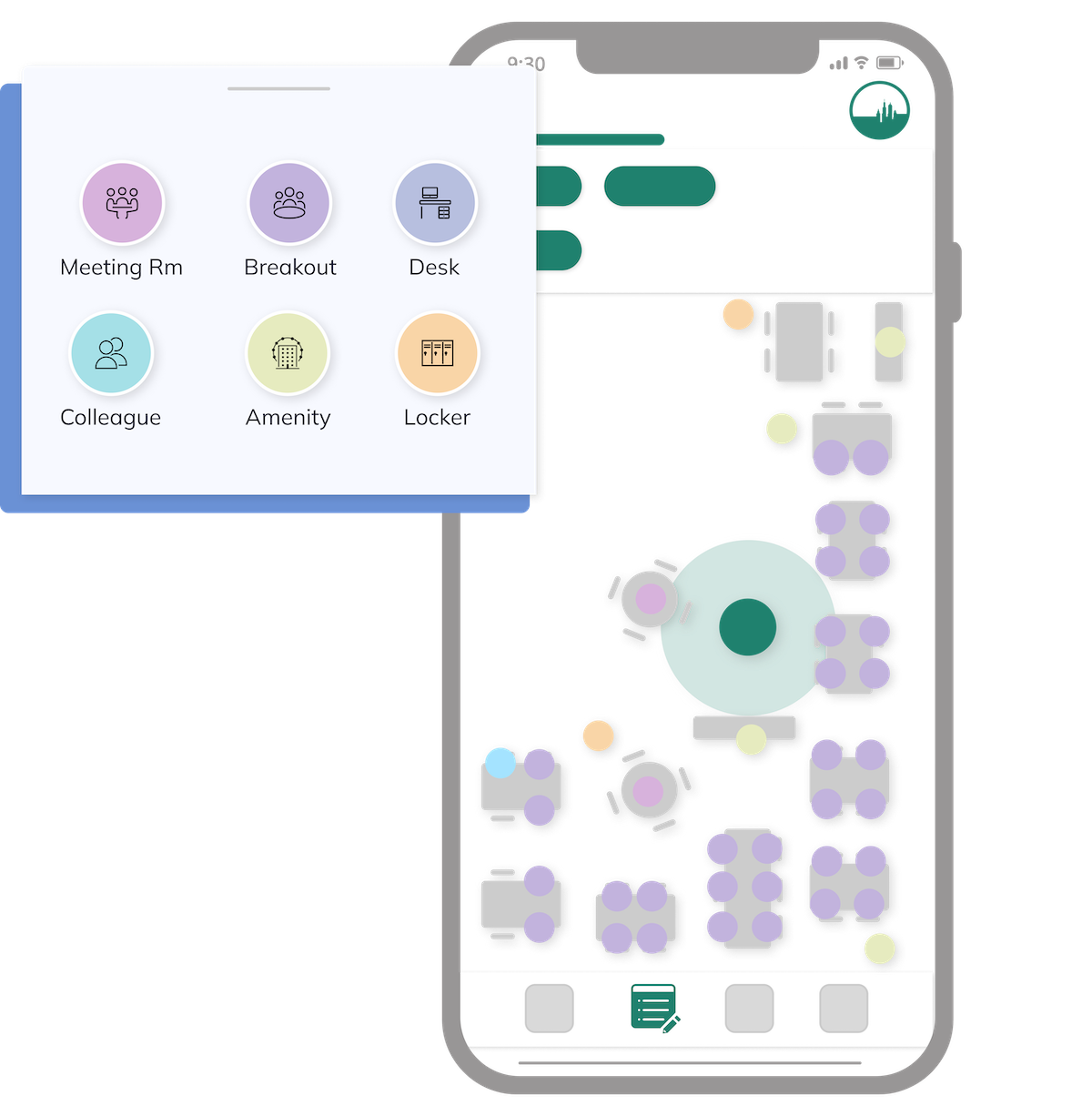Lead Technical Support Engineers play a crucial role as part of the Customer Services at Spica. They deal with customers and clients directly, from installing sensors onsite to solving any issues raised by customers. In this exclusive interview, we get to meet Jason, one of our Lead Technical Support Engineers and discover a day in his life.
What does your role as a Lead Technical Support Engineer involve?
I help customers get the most out of their buildings/offices by feeding live sensor data into our Spica Workplace digital twin platform GemEx. My role will usually involve resolving any tickets raised by clients in the customer portal.
Clients may raise tickets on issues such as any platform errors they are receiving, any sensors which may need batteries replacing and other hardware related tickets. It is my job to understand the problem or error and try and solve it. Sometimes we may need to pass the tickets on to the Product Team in case of additional development support is needed to fix the problem.
As a member of the Customer Service team, we are the first line of support for customers and clients.
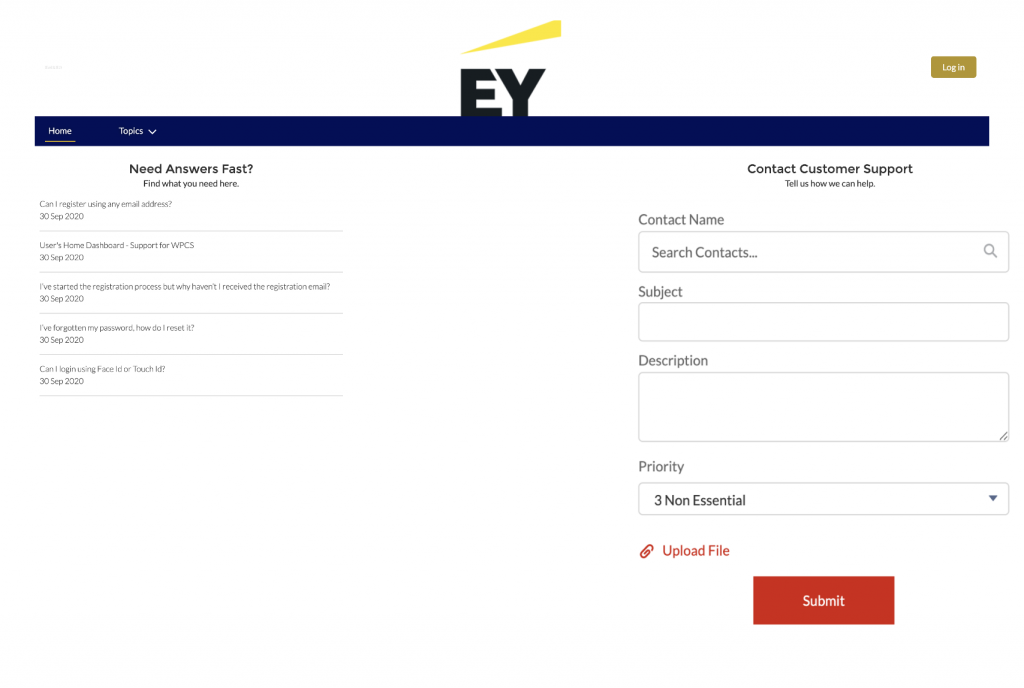
Customer portal for raising tickets
How would you describe your typical day?
My day starts with a daily stand-up meeting, finding out what each member of the team has ongoing for the day ahead. Once we’re all caught up, it’s time for meetings booked with external clients who may have questions regarding the different sensors we use or may need some training on how to use the platform or app. Once all the meetings are done and out of the way, the rest of the day may involve planning site visits and digitising buildings.
Digitising buildings involves taking a physical building and making a 2D version of the building plan. We do this to draw up floor plans using a software called Autocad.
We use Autocad to first remove any bits of information from the plans which are necessary, essentially clean it up to be more presentable. From there we will export it into Adobe Illustrator so we can ensure all the thickness of all the walls/lines are the same as well as the colour. Almost always the floor plans are done in black and white unless requested otherwise by the customer. Lastly we will put the floor plans into Photoshop to ensure they are the right size for GemEx. We have a few rules we follow where seats need to be around 30 pixels each to match the size of sensors within GemEx.

Floorplans of one of the Nordomatic offices in various stages
What does a day out on installs look like?
A lot of fun! It’s fantastic as I get to meet so many amazing people and visit lovely locations both locally and abroad. Just two weeks ago, I was in Norway, visiting Stavanger, Bergen and Dramman with my colleague to carry out installs for a client out there.
Arriving at the client’s building, we would first review the floorplans and ensure they match the areas in the building where the sensors are going to be located. Once any amendments are done and the sensors have been configured, we will begin installing the sensors. In Norway, we were installing Haltian Airs and Motions sensors which detect temperature and environment, and motion respectively. Usually Airs are installed in open office areas and we position them to cover around 25 desks. Motion will mainly go under desks in the open office space but for meeting rooms they will go on doors so they detect people walking in and out the room.

What’s the best part about being a Lead Technical Support Engineer and working for Spica?
Being the Lead Technical Support Engineer at Spica, a fast-paced tech company, no day is the same. From travelling to meeting clients face to face, each day at Spica is a new adventure. I’m constantly learning new skills, improving my basic skills further like my communication skills and have the opportunity to go on courses to develop on a personal and professional level even further.
At Spica, we have a laidback working environment with flexible/hybrid working enforced. The flexibility means I can choose which day to come into the office and maintain a good work life balance. Being part of the Customer Service team has been awesome, I’ve got to work alongside amazing, supportive people and we even have time to play pool in the office when we’re not too busy or just need a break.
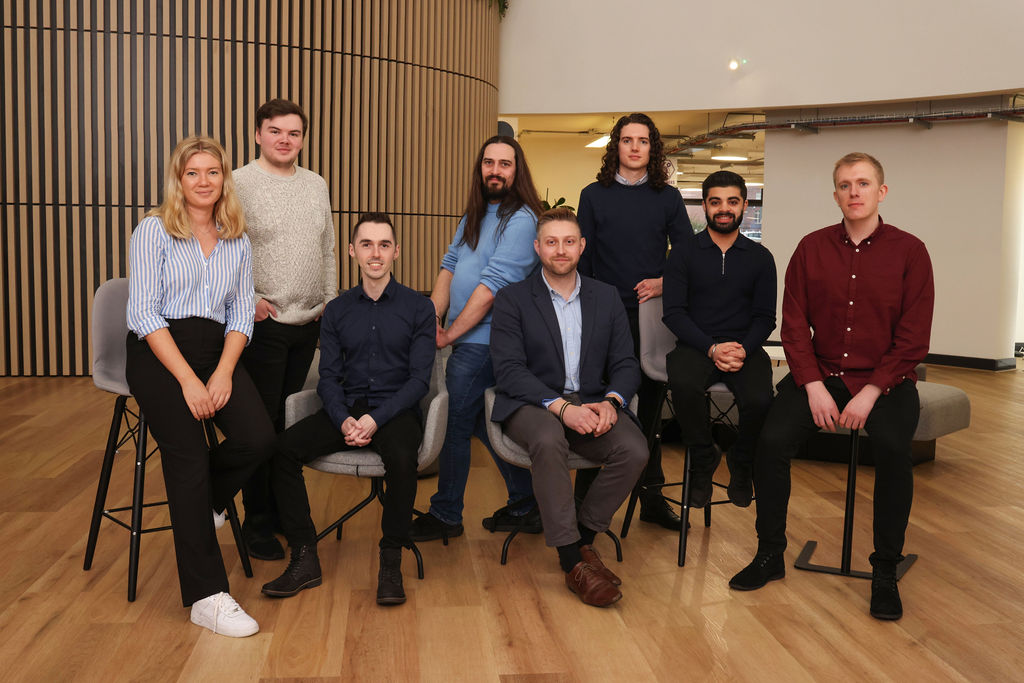
A huge thank you to Jason and the Customer Service Team for taking part in this interview.




